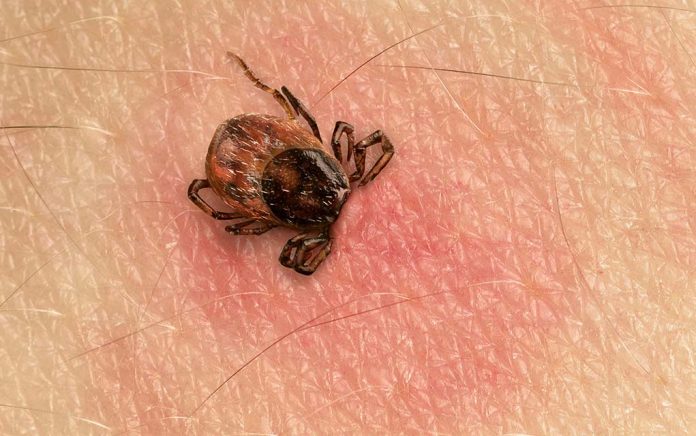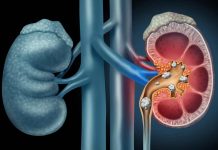
(AscendHealthy)- People who live in the Northeast or upper Midwest regions of the United States are at a greater risk for contracting Lyme disease, an infection that is caused by the Borrelia burgdorferi bacterium and carried by ticks. Symptoms can appear days, weeks, or even months after a tick bite and can range from rash, fever, and chills to chronic pain and neurological issues. Unfortunately, many people have difficulty obtaining treatment for their symptoms due to hesitancy, controversy, and misinformation surrounding Lyme disease.
Hesitancy, Controversy and Lyme Disease
The Centers for Disease Control and Prevention (CDC) estimates that 300,000 people are diagnosed with Lyme disease each year. That said, only 30,000 cases are reported to the CDC by health officials. Many people go undiagnosed, which means the number of people who contract Lyme disease may be much higher.
While it’s unclear why medical professionals aren’t reporting all cases to the CDC, it’s very clear that there is much controversy within the medical community regarding Lyme disease. The majority of infectious disease doctors, along with the Infectious Diseases Society of America (IDSA), claim that Lyme disease is an infection that can be successfully treated with antibiotics. Patient advocacy groups, on the other hand, claim that Lyme disease can be a long-term, debilitating illness in certain individuals and that short-term antibiotic treatment doesn’t work.
Chronic Lyme Disease Vs. Post-Treatment Lyme Disease Syndrome
Although medical professionals claim that Lyme disease can be cleared up with a course of antibiotics, they do concur that some individuals experience lingering symptoms, such as fatigue, pain, and muscle aches, despite treatment. The phenomenon is called post-treatment Lyme disease syndrome (PTLDS). The cause is unknown and the symptoms are considered to be temporary.
Chronic Lyme disease is believed to be a persistent infection that is difficult to diagnose and cure. It is not widely recognized by the medical community, a fact that has been at the center of much controversy and some lawsuits. Proponents believe that some people suffer from chronic symptoms and may even develop other diseases as a result of infection.
Diagnosis and Treatment of Lyme Disease
To diagnose Lyme disease, doctors look for the presence of antibodies. If you have the necessary antibodies, you will get a course of antibiotics. However, it is possible to test negative for antibodies and still have Lyme disease. In these cases, your doctor will make a clinical diagnosis based on your symptoms.
Treatment for Lyme disease includes an extended course of antibiotics (up to three weeks) and a myriad of holistic treatments, such as vitamin supplements and heat therapy, aimed at treating symptoms.
As is the case with all diseases, you should choose a doctor that you can trust. If you don’t think you’re getting the best care, or if you’re having difficulty finding a doctor well versed in treating Lyme disease, Harvard Medical School recommends searching for a university hospital or clinic that’s engaged in researching the condition. Do not hesitate to seek treatment out of fear of being ignored. There is help for Lyme disease.
~Here’s to Your Healthy Ascension!
Copyright 2023, AscendHealthy.com




















